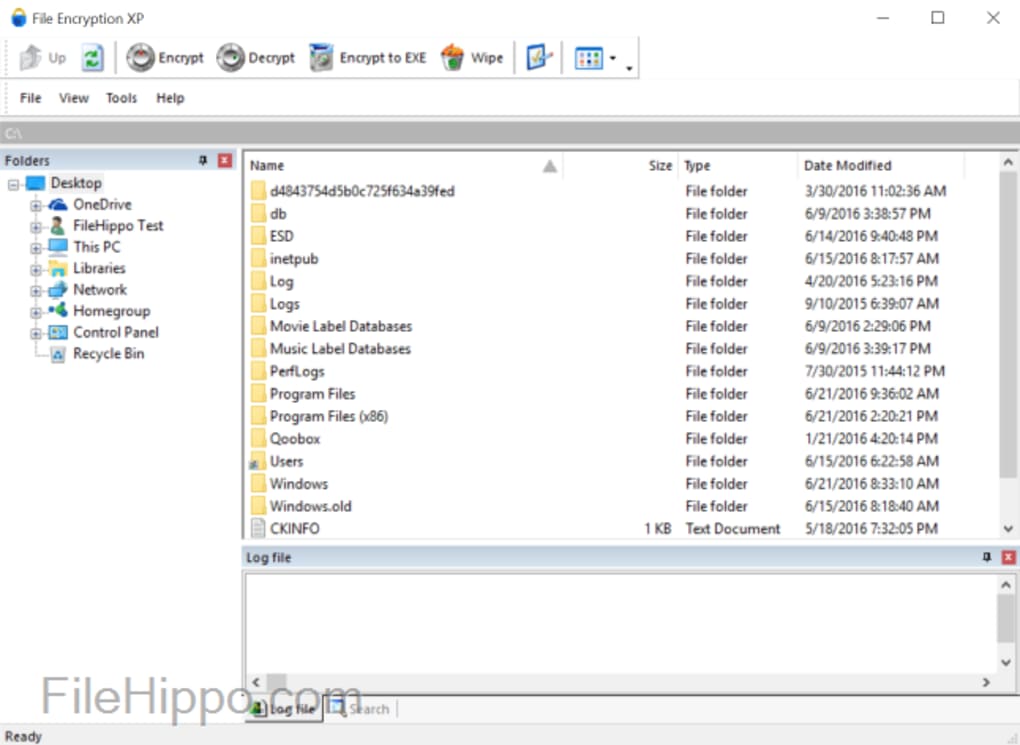
The National Institute of Standards and Technology (NIST) Federal Information Processing Standard (FIPS) 140-2, a U.S.This standard replaces the older Data Encryption Standard (DES) that is more vulnerable to brute force attacks.Ĭertification criteria for encryption software include the following: Government agencies and organizations in regulated industries that require strong encryption often use AES-256. AES-256 is a symmetric encryption standard that is frequently used to encrypt data in storage, such as on hard drives or USB sticks.

It uses asymmetric encryption, meaning it uses one key to encrypt the data, and uses another key at the recipient’s endpoint to decrypt it. RSA is often used for transmitting data from one endpoint to another.Two commonly used encryption standards are Rivest, Shamir, Adleman (RSA) and Advanced Encryption Standard-256 (AES-256). Healthcare files, bank account information, social security numbers, and home addresses are examples of information that is often encrypted. Organizations use endpoint encryption software to protect sensitive information where it is stored and when it is transmitted to another endpoint.
#Foldor encryption install
Endpoint encryption essentially protects the operating system from installation of “Evil Maid” attacks that can install a keylogger or corrupt boot files and locks files stored on laptops, servers, tablets, and other endpoints to prevent unauthorized users from accessing the data.

Encryption is the process of encoding or scrambling data so that it is unreadable and unusable unless a user has the correct decryption key.


 0 kommentar(er)
0 kommentar(er)
